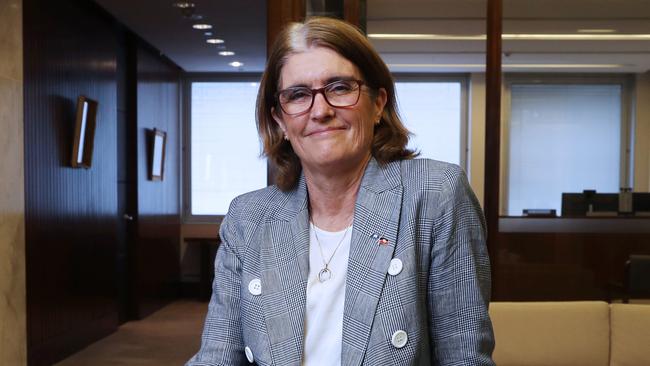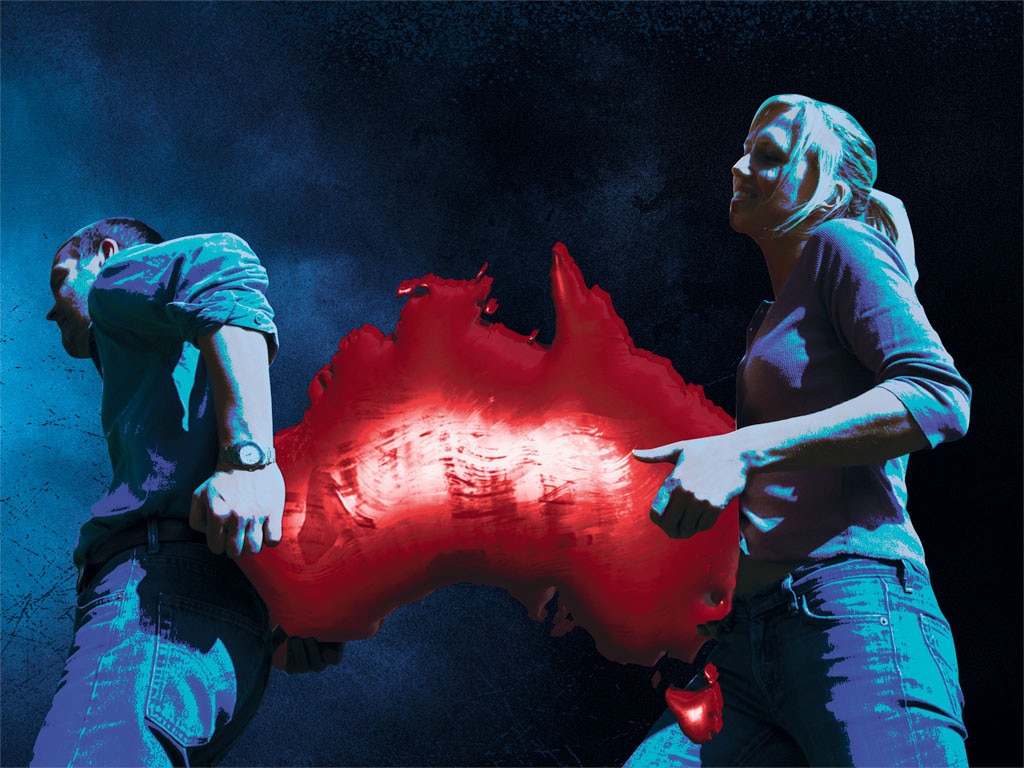Volatile inflation muddies the picture for RBA
Even after a dozen RBA interest-rate hikes, inflationary pressures remain at large in the economy.

Consumer prices increased by 5.2 per cent in the year to August, with the rising cost of fuels, power, insurance and rents adding to the pressure on family budgets through to winter’s end and muddling the picture for the setting of interest rates.
It was the first monthly jump in headline inflation since April, the Australian Bureau of Statistics reported on Wednesday, up from the 4.9 per cent rate recorded in July, with economists noting higher services inflation could be more stubborn than previously thought.
Automotive fuel costs surged by 9.1 per cent last month, with petrol and diesel prices at the bowser increasing further this month, and perhaps beyond, as Russia and Saudi Arabia cut oil production and exports.
Wage rises for service workers pushed up the cost of restaurant and takeaway meals last month, while government energy rebates eased some of the retail price hikes for gas and electricity users.
The inflation figures come ahead of Tuesday’s monthly Reserve Bank board meeting, the first to be chaired by governor Michele Bullock, and as global bond markets push up the cost of long-term borrowing.
The RBA’s cash rate target was last raised to 4.1 per cent in June, the twelfth increase in a monetary squeeze that began in May last year.
In minutes from its meeting last month, the RBA board said “further tightening in policy may be required should inflation prove more persistent than expected”.
ANZ Bank senior economist Adelaide Timbrell said domestic inflationary pressures were still at large, highlighting the 5.6 per cent annual price increase for services was running ahead of the 5.1 per cent rise in goods, while non-tradeable inflation (6.2 per cent) was almost double the tradeable rate (3.4 per cent).
The RBA expects consumer inflation to fall to within its 2-3 per cent target band in late 2025.
Jim Chalmers said “it’s clear the peak in inflation is behind us” with the “notoriously volatile” monthly estimate reaching an annual rate of 8.4 per cent in December.
“While inflation remains higher than we’d like for longer than we’d like, it is expected to continue to moderate over the year ahead,” the Treasurer said.
“We want inflation to moderate faster because we know that inflation is absolutely punishing families and small businesses and pensioners and people right around Australia.”
ABS head of prices statistics Michelle Marquardt said excluding volatile items such as food, petrol and holiday travel from the index resulted in underlying inflation easing to 5.5 per cent last month, from 5.8 per cent in July.
Ms Marquardt said the annual increase for housing of 6.6 per cent was lower than the 7.3 per cent increase in July.
“New dwelling prices rose 4.8 per cent, which is the lowest annual rise since August 2021, as building material price increases continued to ease reflecting improved supply conditions,” she said.
“Rent prices rose 7.8 per cent in the 12 months to August, up from 7.6 per cent in July, as the rental market remains tight.”
The ABS said electricity prices rose 12.7 per cent and gas prices rose 12.9 per cent in the year to August reflecting increases in wholesale prices.
Rebates from the Energy Bill Relief Fund introduced in most cities from July reduced the impact of electricity price increases for eligible households.
Ms Marquardt said food inflation continues to ease although differences remain across the food categories.
She said prices for bread and cereal products and dairy products have risen over 10 per cent in the past 12 months, while fruit and vegetable prices are 8.3 per cent lower compared to 12 months ago due to improved growing conditions.
Commonwealth Bank economist Stephen Wu said the rise in inflation in August was a “temporary hump in the downward trend in train since December last year”.
“We think the RBA will be inclined to see it that way too when it meets next Tuesday for the October rate decision,” Mr Wu said.
“We don’t anticipate the August CPI will alter their view the current cash rate of 4.1 per cent is restrictive enough to pull inflation back inside the target band.”







To join the conversation, please log in. Don't have an account? Register
Join the conversation, you are commenting as Logout